The Wedding Dance (1566) by Pieter Bruegel the Elder. Courtesy the Detroit Institute of Arts/Wikipedia
The Wedding Dance (1566) by Pieter Bruegel the Elder. Courtesy the Detroit Institute of Arts/Wikipedia
Aeon Video has a monthly newsletter!
Get curated editors’ picks, peeks behind the scenes, film recommendations and more.
Why European artists shifted their focus from power to peasants in the 16th century
In the 16th century, Western art made a distinct shift from religious imagery and portraits of nobility to scenes of everyday life. So why did artists pivot from venerating powerful people and institutions to images of peasants engaged in unremarkable activities like walking, dancing, working and eating? In this video, Evan Puschak (aka the Nerdwriter) takes a brief dive into the economic, religious, cultural and geopolitical forces that led to this aesthetic transformation. In particular, he focuses on the work of the Dutch and Flemish painter Pieter Bruegel the Elder, whose images of peasant life evolved from satirical and moralising to observational and nonjudgmental over the course of his career.
Video by The Nerdwriter

video
Biography and memoir
As her world unravels, Pilar wonders at the ‘sacred geometry’ that gives it structure
20 minutes
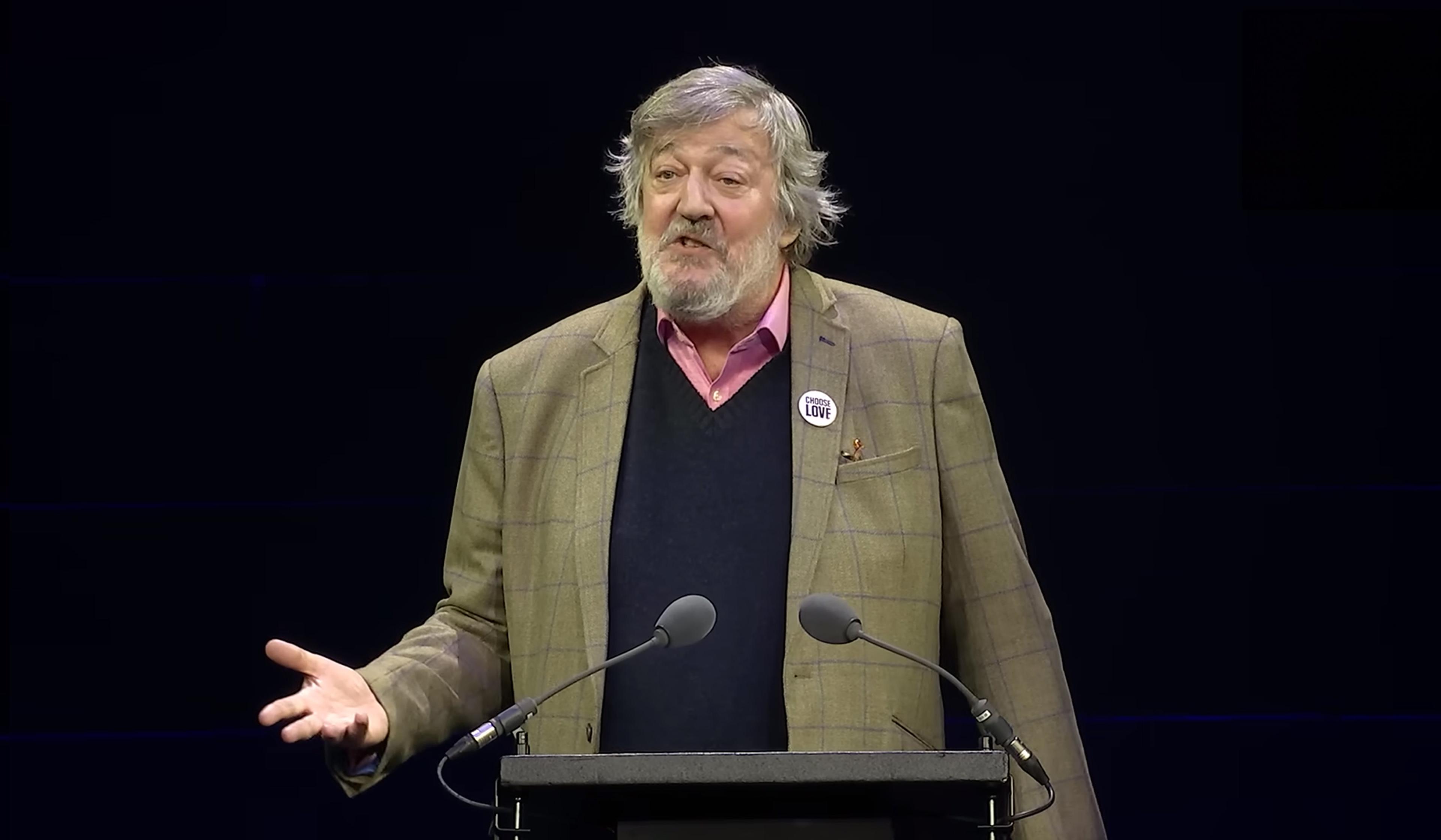
video
Meaning and the good life
Why strive? Stephen Fry reads Nick Cave’s letter on the threat of computed creativity
5 minutes
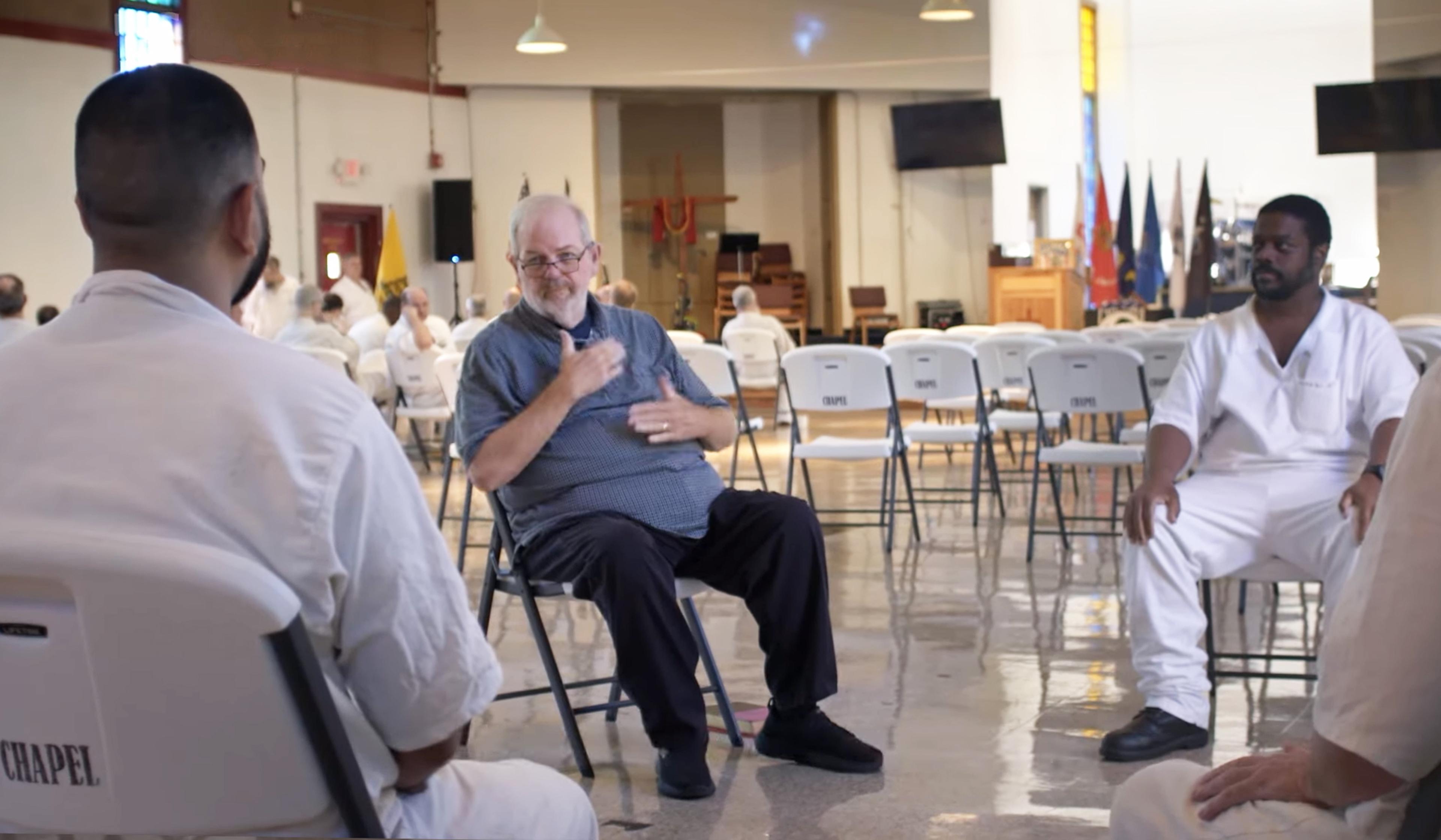
video
Human rights and justice
‘I know that change is possible’ – a Deaf prison chaplain’s gospel of hope
18 minutes
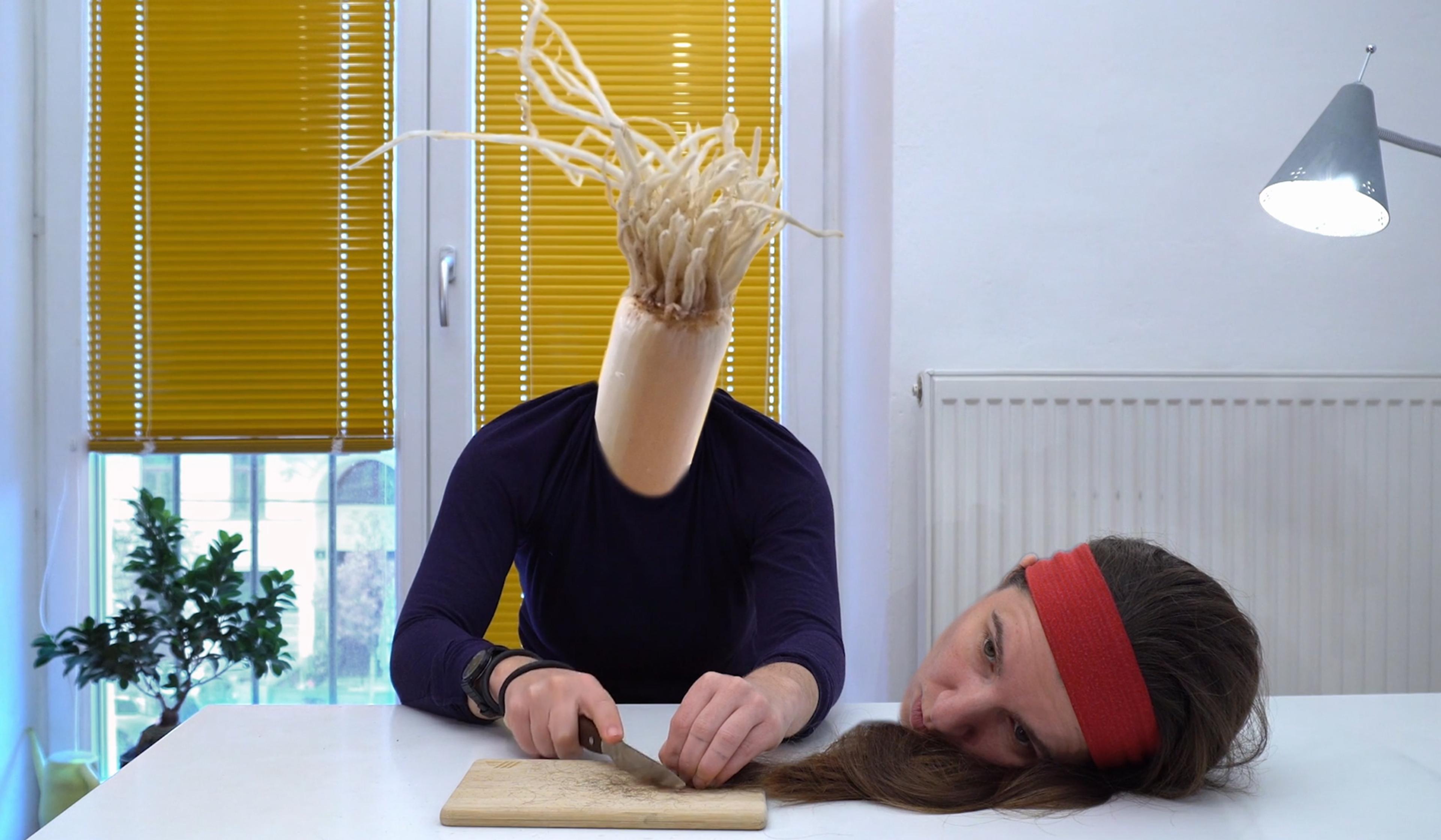
video
Technology and the self
An artist swaps her head with everyday objects in a musing on consumerism
4 minutes
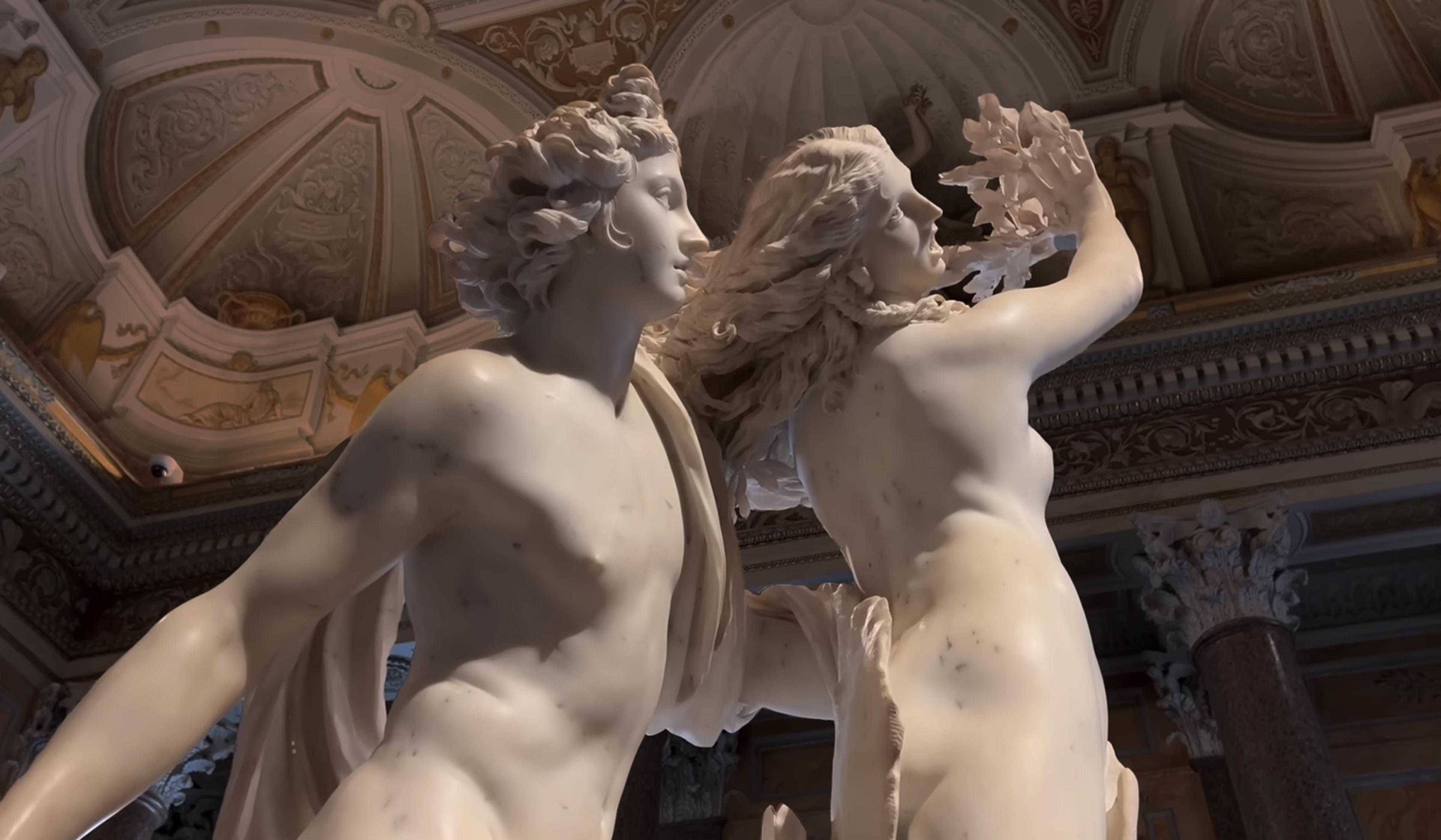
video
Art
The overlooked polymath whose theatrical oeuvre made all of Rome a stage
30 minutes
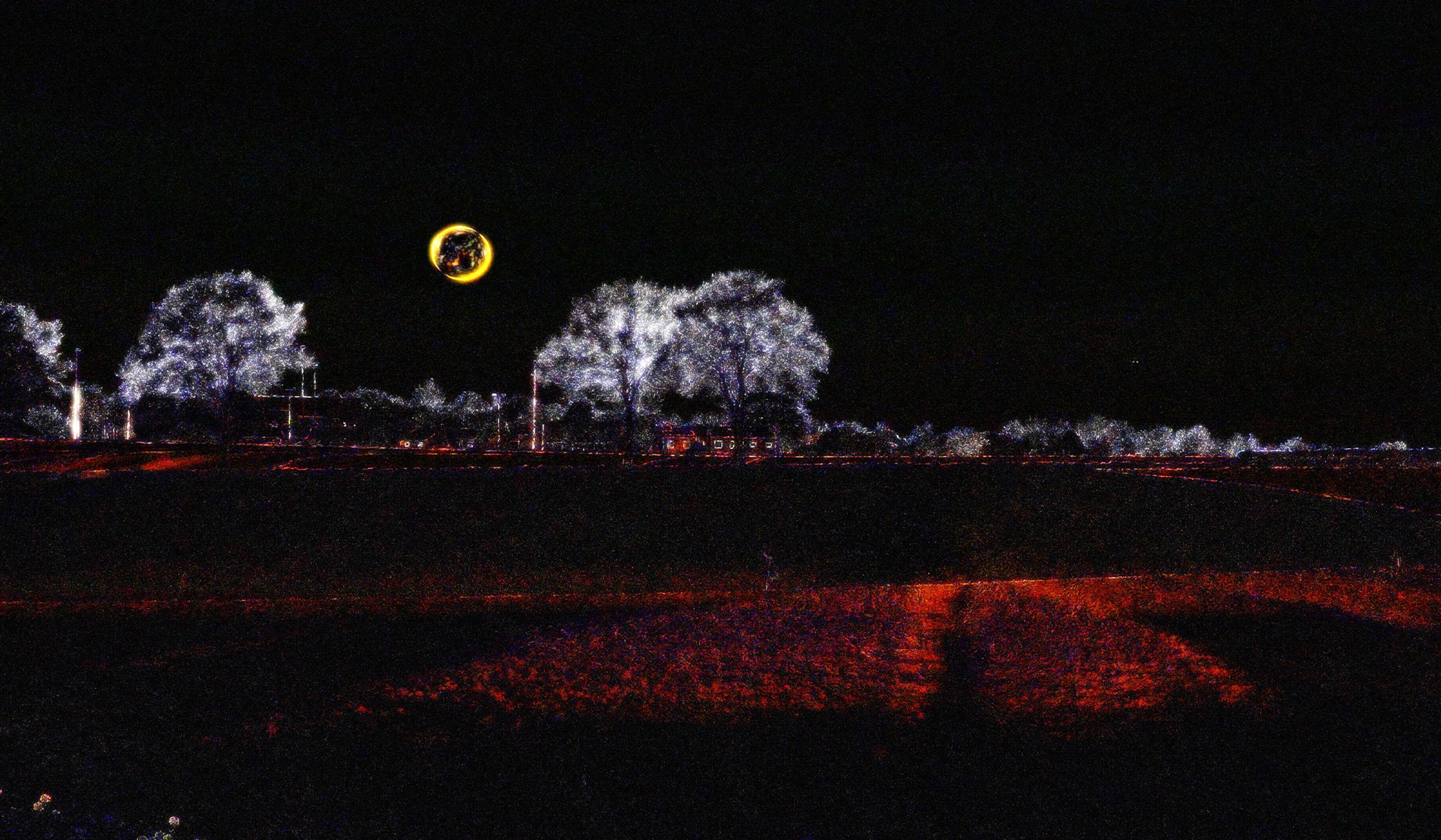
video
Film and visual culture
An augmented-reality filter reveals the hidden movements all around us
7 minutes
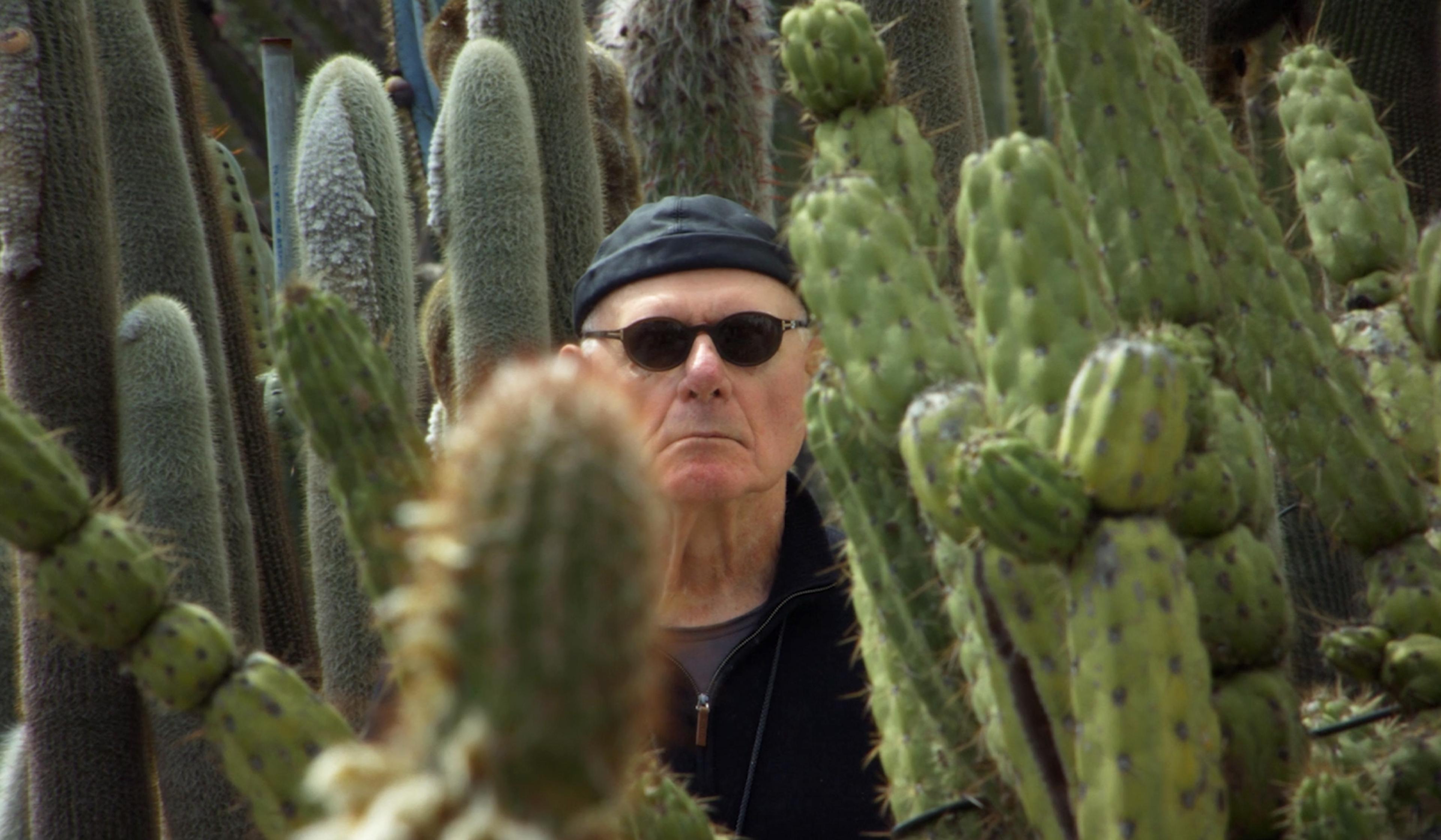
video
Beauty and aesthetics
The grit of cacti and the drumbeat of time shape a sculptor’s life philosophy
11 minutes
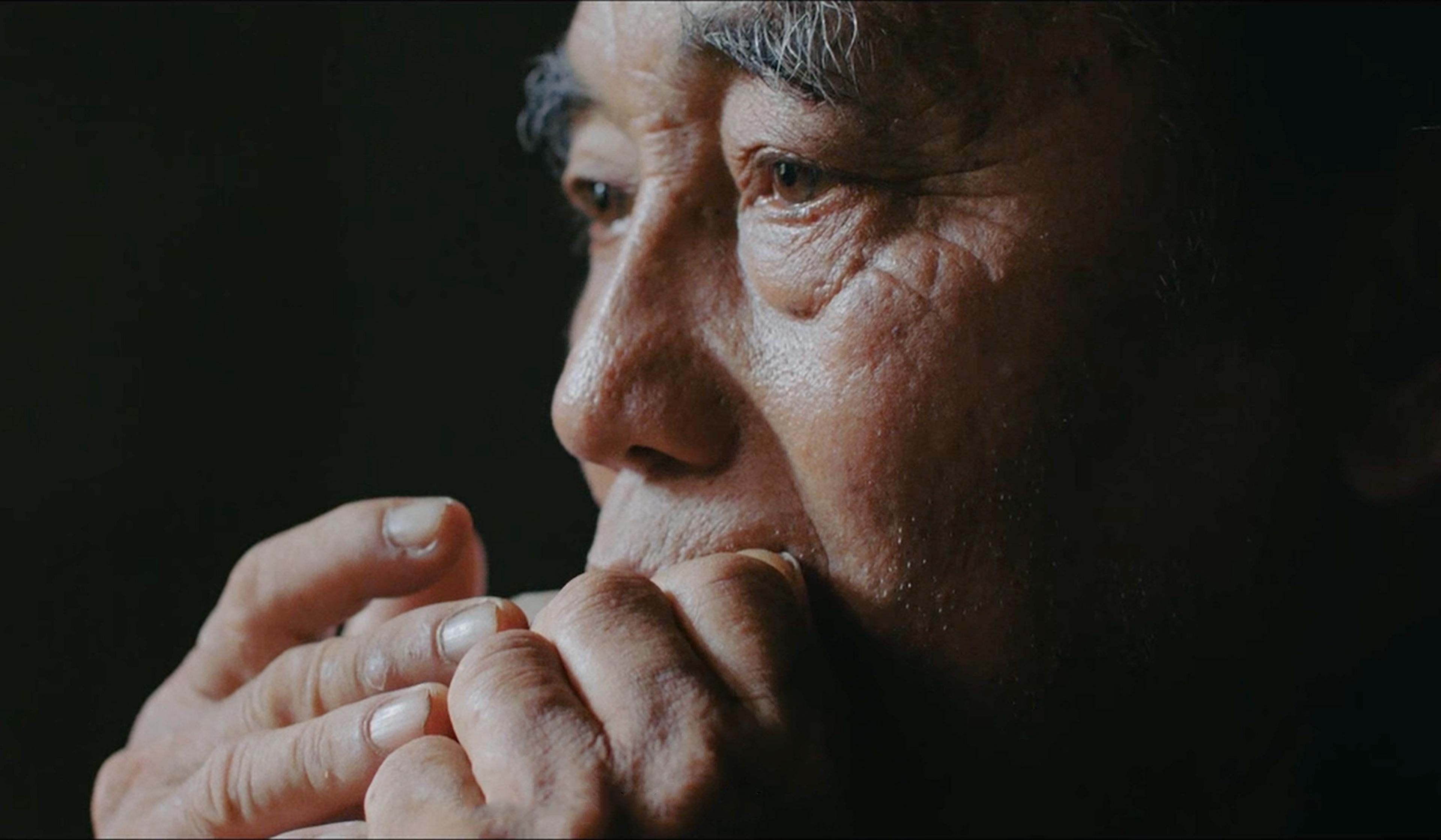
video
Language and linguistics
Messages born of melody – hear the whistled language of the Hmong people
18 minutes

video
Film and visual culture
Stop-motion origami unfurls in a playful exploration of how senses overlap
3 minutes